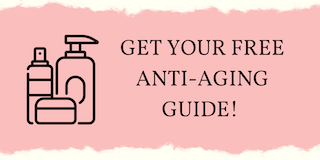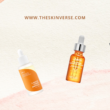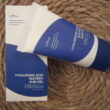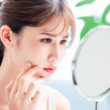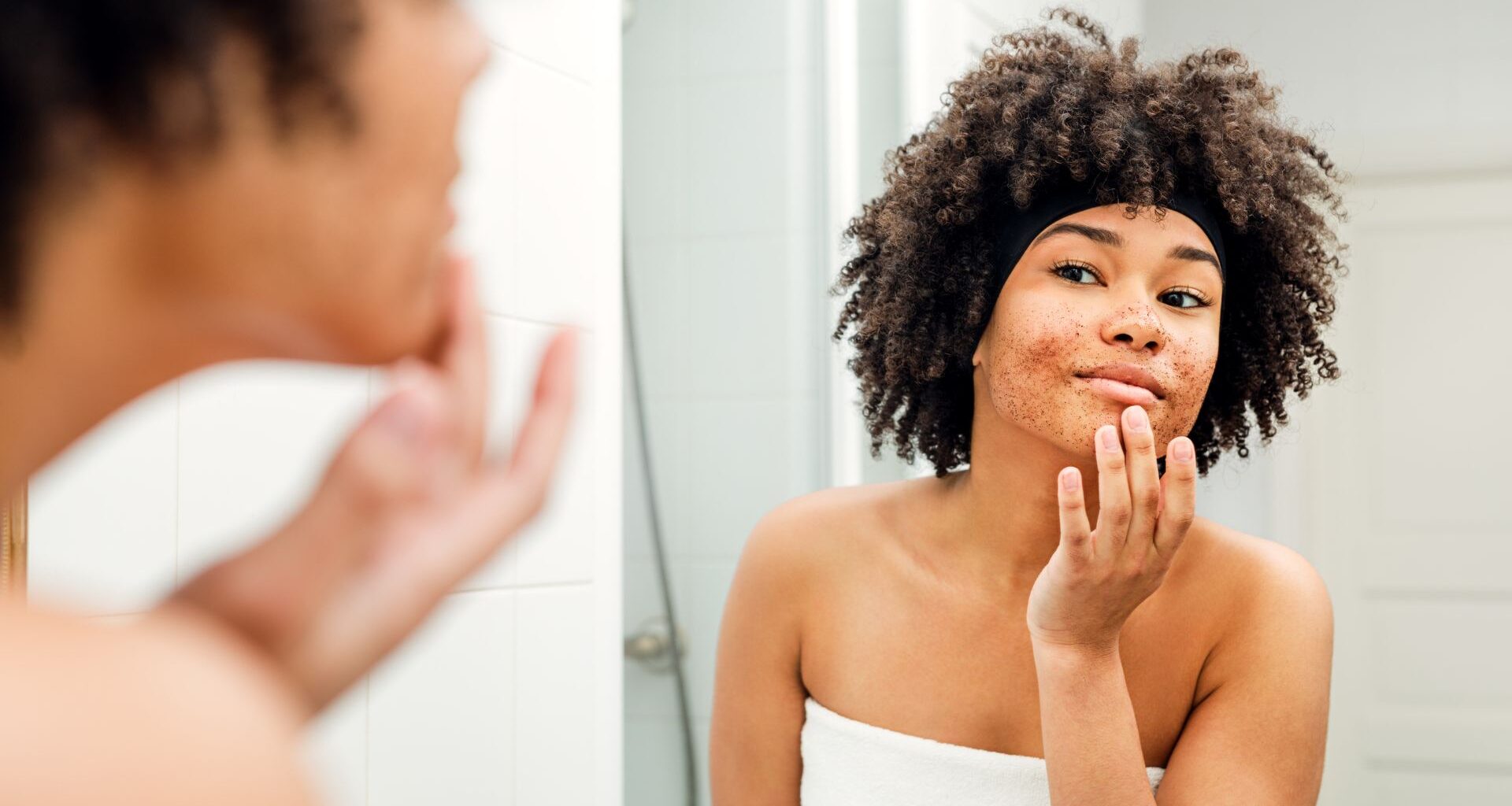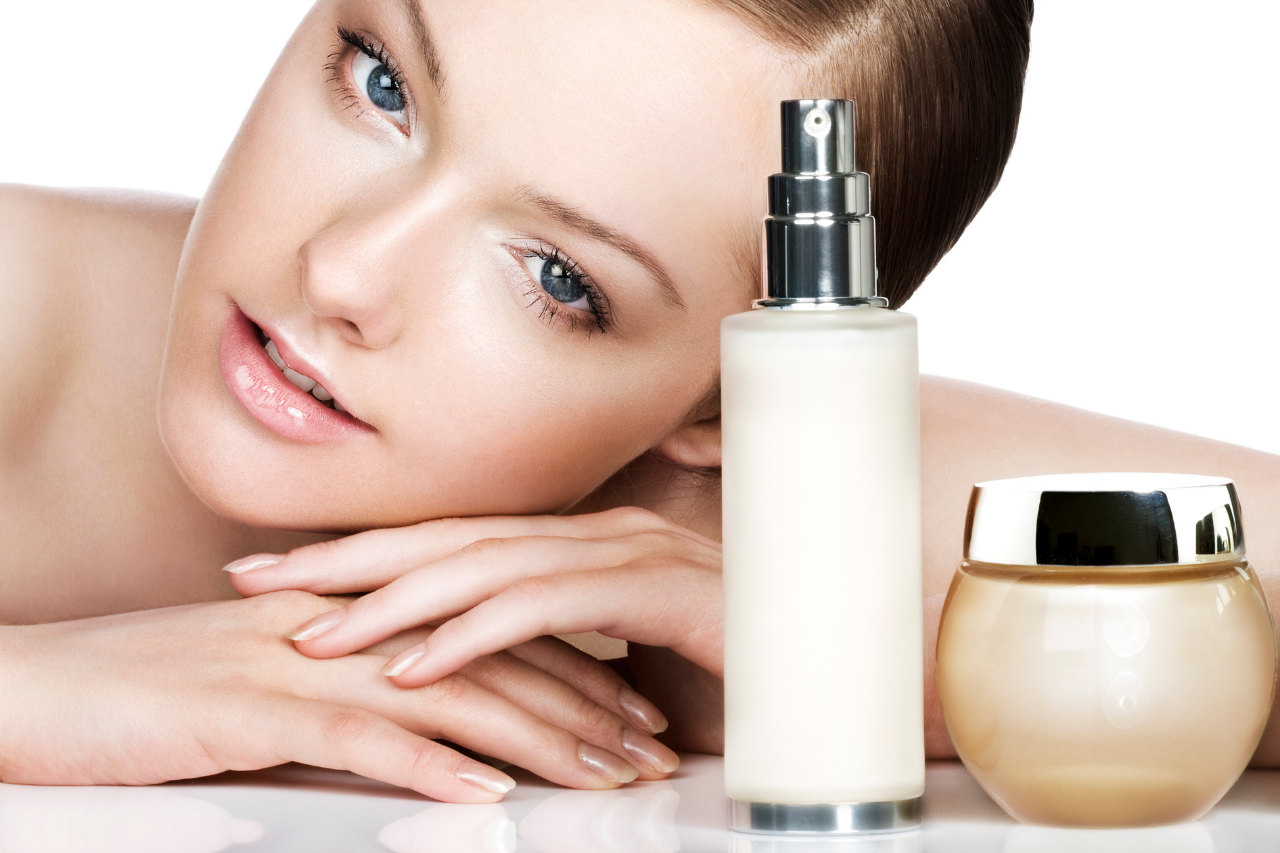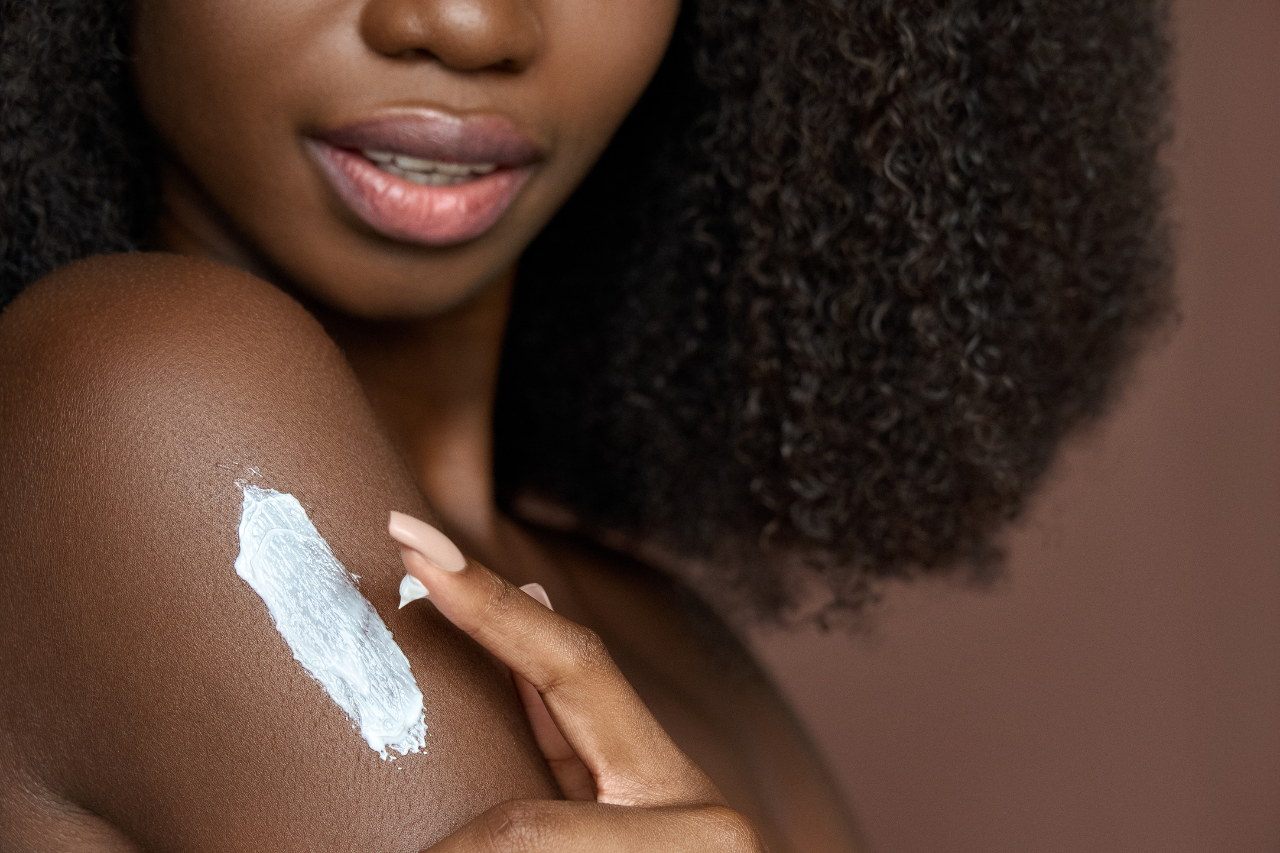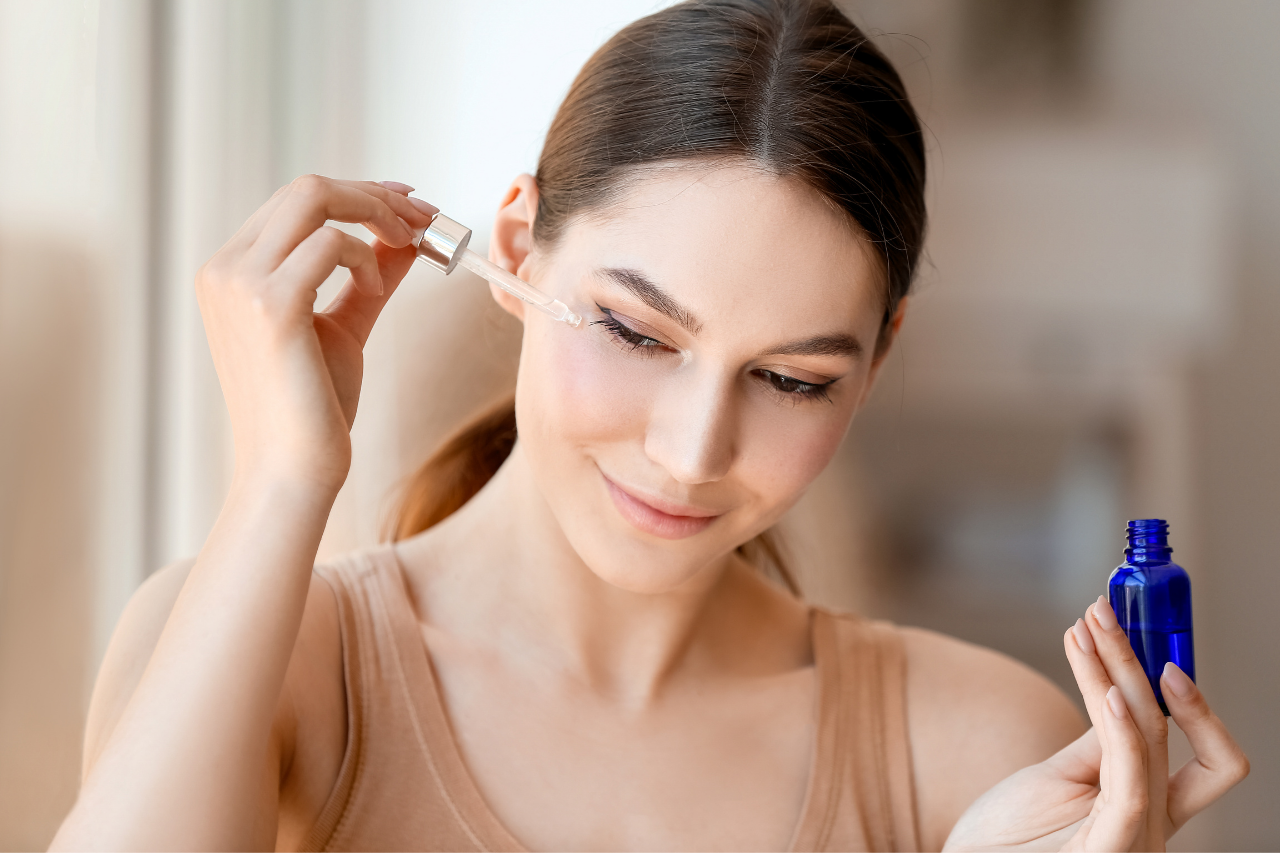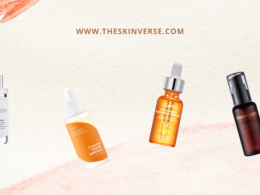The hype around facial peeling gel has been getting bigger on social media. You might have seen the TikTok people rubbing it on their face and claiming that the tiny little balls clumping up on your skin is dead skin. (spoiler alert, they aren’t, at least not all of it)
If you know your way around skincare and exfoliation, you are probably aware of the fact that there are two types of exfoliation: chemical and physical. Peeling gels belong to the latter, by working as physical or manual exfoliants. Although I am a big advocate of chemical exfoliants like mandelic acid, or lactic acid for sensitive skin, I admit that experimenting with facial peeling gels might not be the worst idea.
So, today, we are looking at what facials peeling gels are and if they are worth your money and time.
First, what is a facial peeling gel?
Facial peeling gels are very popular in Asian skincare. You can find them in almost every beauty store in South Korea or Japan. Luckily, some Western brands are catching up with Asian brands and are developing new peeling gels.
Simply put, a facial gel refers to gels that have an instant peeling effect (duh) on the skin. When you rub them on your skin, you can see tiny clumps forming up that some brands claim to be dead skin cells. While that’s not exactly the truth, (the clumps also include the gel itself) it leaves the skin soft and smooth.
They are like a gentle scrub for the skin. Or better, a very close alternative to enzyme powders that combine exfoliation and cleansing and are also suitable for sensitive skin use. Some facial peeling gels do contain chemical exfoliants or enzymes, which makes this analogy more valid.
How do facial peeling gels work?
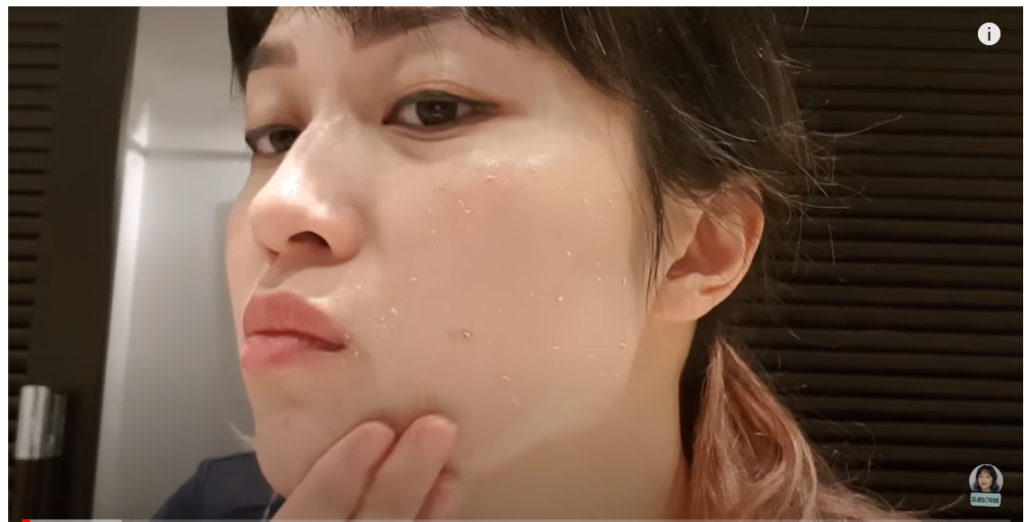
How do these weird-looking facial peeling gels work though? So, generally, peeling gels have ingredients such as carbomer or cellulose. When you rub peeling gels on your skin, these ingredients come in contact with your skin’s natural oils and clump up into tiny balls. That’s the mystery behind how they work.
Some brands would claim that it is dead skin cells sloughing off the skin and you can see the peeling in action. There is no definitive proof to suggest that it is all dead skin. The clumped-up balls are a combination of product and some dead skin. Sure, there is exfoliation involved, but it is not actual “peeling” or chemical peeling that is visibly peeling off.
The end result is mildly exfoliated cleansed, soft and smooth skin. If you are using harsh scrubs, or sponges on your skin, stop using them immediately! Use facial peeling gels instead that are much gentler on the skin.
The main benefits of facial peeling gels are:
These are the fundamental reasons why you should give peeling gels a shot:
- They clear up pores and remove excess oil
- They are gentler on the skin (great news for sensitive skin too)
- They provide mild exfoliation
- They leave the skin feeling smooth
- They also have a brightening effect on the skin
Is it safe to use peeling gels for sensitive skin?
Yes, peeling gels are absolutely safe to use. They are suitable for all skin types, including sensitive skin. However, if there are specific ingredients you are allergic to/sensitive to, make sure to check out the product label carefully.
It is always better to do a patch test to be on the safe side. Rub some of the gel on your forearm or the bend of your elbow. Continue to do that for a week or so (to be extra safe). If you don’t experience any redness, burning, or irritation, congrats, the peeling gel is good to go!
How to use facial peeling gels for best results?
Treat peeling gels like a gentle scrub. There is really nothing new you can add to the sequence:
- Gently rub the peeling gel into your dry face (a pea size amount would do)
- Start massaging it into your face in a circular motion (just like you’d do with cleansers)
- Rinse off with lukewarm water
- Every skincare routine needs a moisturizer at the end (+SPF if it is an AM routine)
How often should you use peeling gels?
Just like with chemical exfoliants, the key is not to over-exfoliate. Start with using them once a week and work your way up. Using it once or twice a week should be OK. However, always remember to listen to your skin. That’s the golden rule!
Don’t use peeling gels if you have open wounds, irritated skin, or common skin allergies.
How to choose a facial peeling gel? Top 3 tips
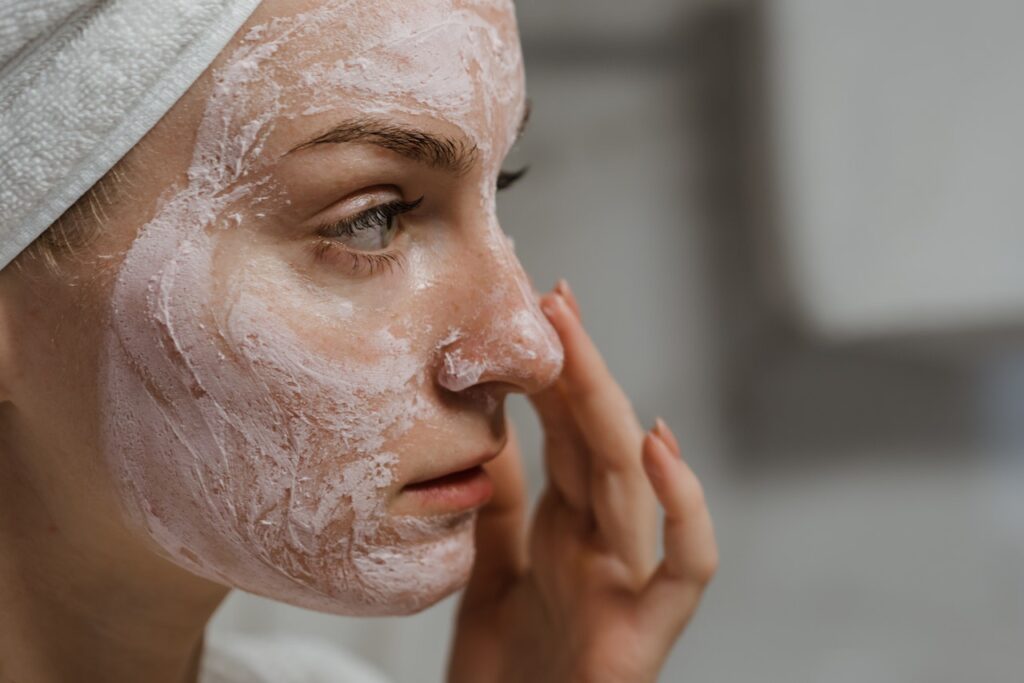
Now, this is the part where everything we talked about comes into play. Depending on your skin type, you want to use peeling gels containing certain ingredients that agree with your skin. That’s why it is essential to know what “makes” or “breaks” your skin. That said, there are some “universal” guidelines for choosing the right peeling gel for your skin.
#1. Look for hydrating ingredients nourishing the skin
No matter what skincare product you are looking for, hydration is essential! You want to use a peeling gel that doesn’t leave the skin dried out or dull-looking. We all want supple, plump skin full of hydration and youthfulness. The main hydrating ingredients to look for are Hyaluronic acid (or some form of it), glycerin that traps water in the skin, Aloe, and Vitamin B3 (Niacinamide) to support the skin barrier. Centella Asiatica is another superstar used in Asian skincare that boosts your skin’s moisture level.
#2. Use peeling gels that pack in antioxidants
It is no secret that antioxidants are amazing for the skin. They offer so many things for the skin: they support the skin barrier, fight against free radicals (cells that damage the skin), and provide an anti-inflammatory boost.
The most powerful antioxidants to look for in facial peeling gels are Vitamin E, Coenzyme Q10 (CoQ10), and Vitamin C. Be careful with Vitamin C, because of its potential side effects. Most peeling gels will also have antioxidants coming with the enzymes in the formula, like papaya or pineapple enzymes.
#3. Avoid essential oils and fragrance
I think fragrance in skincare isn’t that important, or great in that regard. Unless it is the natural scent of a certain ingredient the formula couldn’t do without. The added fragrance is a potential irritant for sensitive skin but if you don’t have sensitive skin and you don’t mind fragrance, go ahead.
The majority of essential oils are comedogenic, meaning, they will break you out. The ones to especially avoid are fragrant oils, true devils in disguise! Watch out for these fragrant oils: lime, lemon, tangerine, mandarin, bergamot, and grapefruit. They are great antioxidants for your body, you can consume them as fruits and they will do a better job for your immune system rather than slathering peeling gels containing them.
If you like essential oils in your skincare, I suggest using jojoba oil or primrose oil which are gentler and won’t lead to breakouts.
Top product picks: Best Facial Peeling Gels (includes peeling gels for sensitive skin too)
Best Facial Peeling gel for Sensitive skin: Beauty of Joseon – Apricot Blossom Peeling Gel
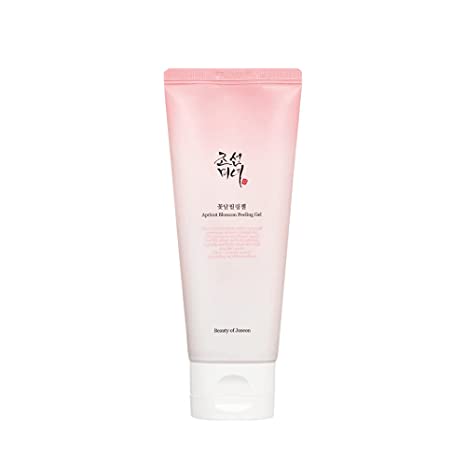
The Good
- Suitable for sensitive skin
- Free of essential oils
- Fragrance-free
- Has antioxidants
- Under 15 bucks
The Bad
- Don’t get it into eyes
The Korean brand Beauty of Joseon has been gaining popularity over the summer, and their Relief Sun SPF 50: Rice + Probiotics sunscreen has turned into my fav too. They have great products suitable for sensitive skin, so, it makes sense that they came up with this gentle facial peeling gel. It has a gomage texture (creamy) and is infused with 19% plum flower water which is rich in antioxidants to gently remove dead skin cells.
Remember the cellulose we mentioned? Well, this uses plant-derived cellulose to get dead skin clumped up and removed. If you have sensitive skin prone to dryness, this will work for you thanks to its smooth finish. Plus, it is fragrance-free (?), and free of essential oils. One online review suggested being careful not to get it into your eyes.
Best Facial Peeling gel for Dry skin: PYUNKANG YUL Facial Peeling Gel
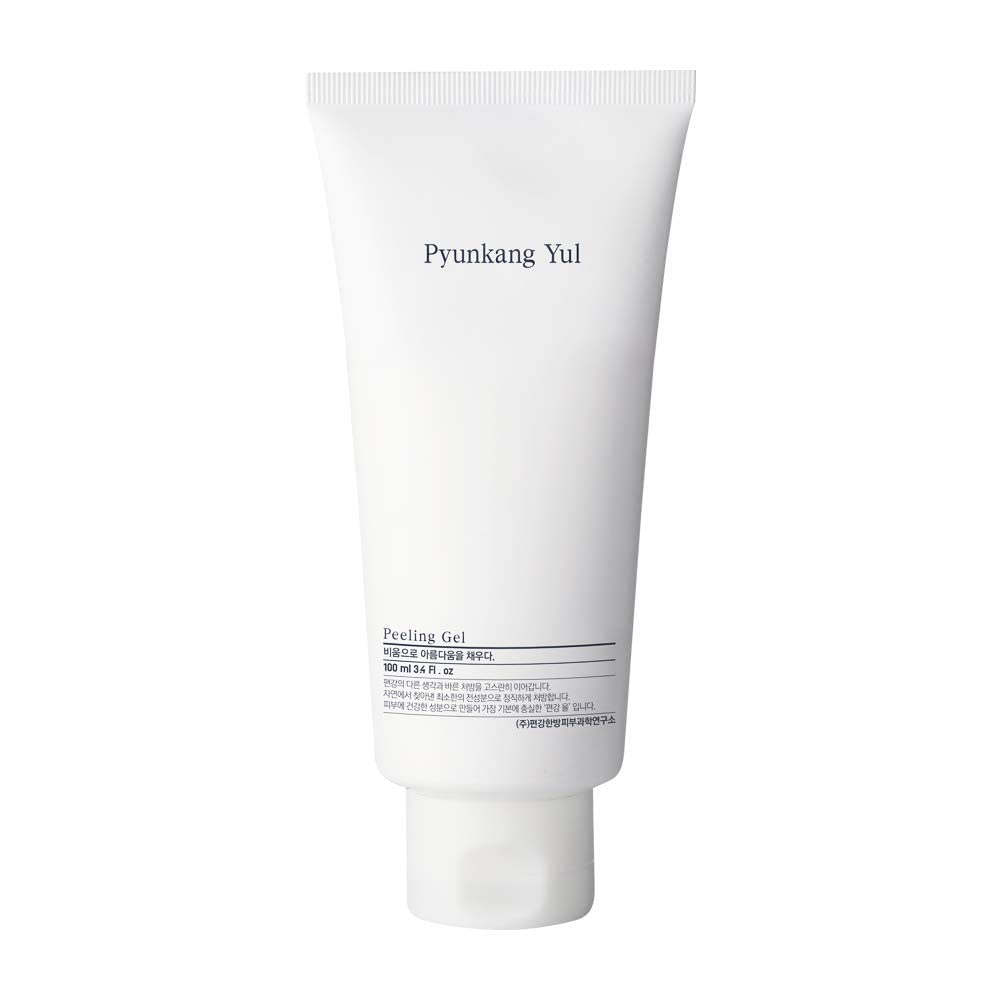
The Good
- Suitable for all skin types, including sensitive skin
- Contains Hyaluronic acid and ceramides
- Calms down irritated, dry skin
- No fragrance
The Bad
- Nothing to report yet
Another South Korean facial peeling gel loaded with moisturizing agents! This peeling gel by PYUNKANG YUL basically has almost every moisturizing ingredient under the sun: Hyaluronic acid, ceramides for the skin barrier, Centella Asiatica, Allantoin, Green tea leaf extract, and finally, Tea tree extract. These ingredients are especially great for dry skin that struggles with rosacea or dermatitis. Centella and green tea calm down the skin, while others provide moisture and nourishment even for the driest skin.
It gently dissolves dead skin cells by using papaya fruit extract and citric acid. Also, the formula doesn’t have visible ground-up shells or anything like that. Just a creamy gel texture that provides a deeply hydrated finish!
Best Facial Peeling gel for acne-prone, sensitive skin: Cure Aqua Gel Gentle Exfoliator
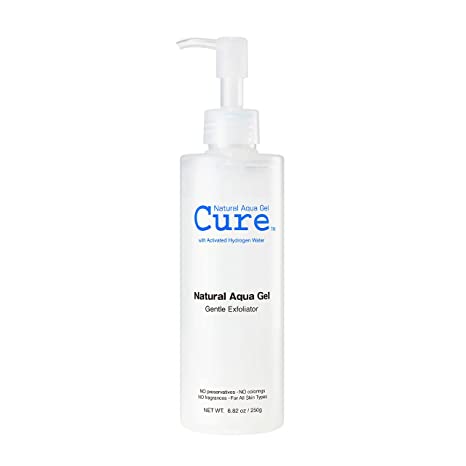
The Good
- Suitable for all skin types, including sensitive skin
- Can be used on the face and body
- Clears blackheads
- Fragrance and oil-free
- Doesn’t strip off oily, acne-prone skin
The Bad
- Can shed too much at the beginning
This award-winning exfoliator is loved by many, and for a good reason. It is made with antioxidants and soothing ingredients like Aloe Leaf Extract, Ginkgo Leaf Extract, and Rosemary Leaf Extract. The star of the show though is Activated Hydrogen water which makes up 90% of the product. Its oil-free formula makes it perfect for acne-prone skin that needs cleansing without being stripped off. Also, it is great for clearing blackheads. According to an online review, it is also great for flaky, parched skin, so we have a true multitasker at hand!
Best Facial Peeling gel with a Brightening Effect: Tony Moly Floria Brightening Foam Cleanser
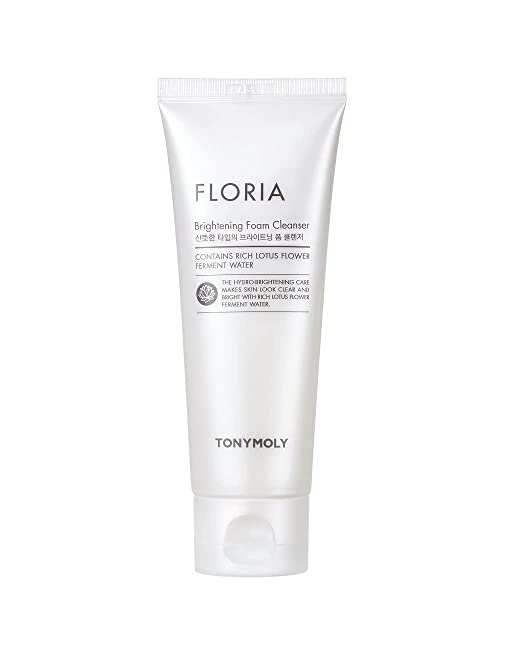
The Good
- Stacked with antioxidants
- Formulated with AHA
- Has a nourishing texture
The Bad
- Has flowery fragrance
This peeling gel is formulated without any granules or particles, it has a smooth, gel texture. The main ingredients of this Tony Moly Peeling gel are Lotus Flower Ferment Water and Pearl powder which boast brightening features. Lotus water is filled with antioxidants, and minerals and adds up a lot of moisture. In addition, Maesil (Korea Plum) Extract joins the party to improve skin elasticity and plumpness. The only catch with this peeling gel is its flowery smell, which makes sense considering its botanical contents.
Best Facial Peeling gel for mature, dehydrated skin: SKINFOOD Pineapple Peeling Gel
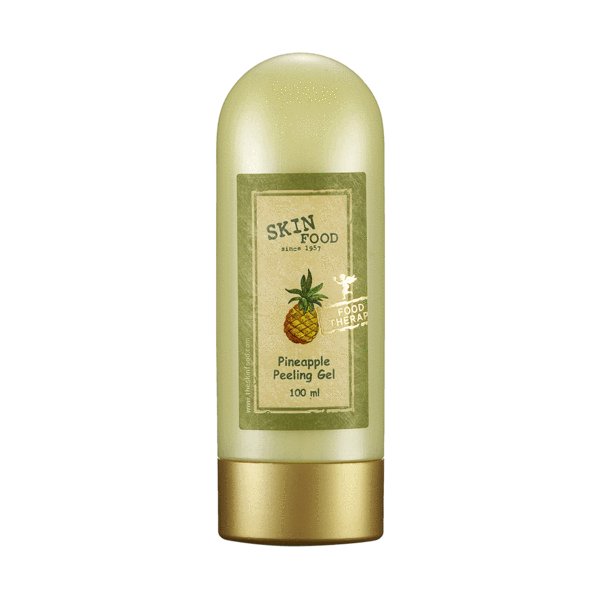
The Good
- Includes pineapple enzymes
- Has glycolic acid
- Anti-aging effect
- Very hydrating for dry, mature skin
The Bad
- Scented
- Has alcohol denat
SKINFOOD is known for developing products based on nutritious foods that deliver antioxidant, moisturizing results. Known as one of the bestsellers, their Pineapple peeling gel combines pineapple enzymes and AHAs like Glycolic acid and Tartaric acid for exfoliation. It is no secret that Glycolic acid has the ability to retain skin’s moisture and prevent it from “evaporating”. This makes it an excellent chemical exfoliant for dry, mature skin. Plus, it has Aloe Vera Leaf Extract which is a hydration goodie.
Final Verdict
To recap all of the above, it is absolutely worth getting facial peeling gels. They are gentle, they are effective, and they work! Just like with chemical exfoliants, the key here is not to over-exfoliate and build tolerance as you go.
FAQ on facial peeling gels
Yes, you can use peeling gels for sensitive skin. Just make sure that the formula doesn’t have common allergens. Do a patch test to be on the safe side.
Using peeling gels once or twice a week should be enough.
When you rub your skin with a peeling gel, your skin clumps up. While there is no exact proof to suggest that it is only dead skin, it is fair to say that it is a combination of dead skin and product balling up.
Generally speaking, using peeling gels on the skin is totally safe. Avoid gels with essential oils, harsh ingredients, added fragrance, and drying alcohols.

